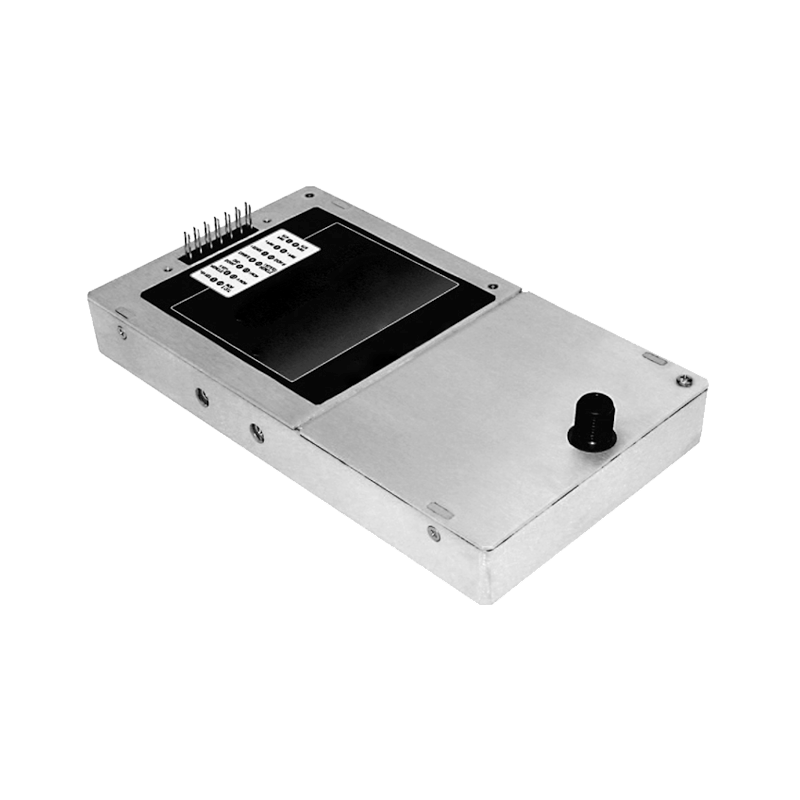Research on the Upgrading Technology of High-Voltage Power Supplies for X-Ray Diffraction
1. Introduction
As a core method for analyzing the crystal structure of materials, X-ray diffraction (XRD) technology obtains high-quality diffraction patterns by precisely controlling the output characteristics of X-ray tubes. The high-voltage power supply, as the core energy source for X-ray tubes, directly determines the stability and energy consistency of X-rays. With the development of materials science towards the nano-scale and high-precision directions, traditional high-voltage power supplies can no longer meet the stringent requirements of modern XRD equipment, making technical upgrades urgent.
2. Special Requirements of X-Ray Diffraction for High-Voltage Power Supplies
XRD experiments impose extremely strict requirements on the stability and energy resolution of X-rays. Firstly, the voltage ripple must be controlled within ±0.05%. Even slight voltage fluctuations can cause the energy drift of X-ray photons, leading to the broadening of diffraction peaks and affecting the measurement accuracy of lattice parameters. Secondly, the dynamic response speed needs to reach the microsecond level to adapt to complex test scenarios such as rapid scanning and variable-temperature experiments. Finally, the electromagnetic compatibility requirements are extremely high. The electromagnetic interference generated by the power supply must be lower than the background noise level to avoid interfering with the signal acquisition of the detector.
3. Upgrading Technical Solutions for High-Voltage Power Supplies
(1) Topological Structure Optimization
A full-bridge LLC resonant soft-switching topology is adopted instead of traditional hard-switching topologies. This topology uses the parameter matching of resonant inductors and capacitors to achieve zero-voltage and zero-current switching of switching tubes, reducing switching losses by more than 75%. Combined with multi-stage π type filter circuits, the output voltage ripple can be suppressed to ±25mV, significantly improving the energy stability of X-rays. Meanwhile, the modular design facilitates maintenance and expansion, meeting the requirements of equipment with different power levels.
(2) Upgrade of Intelligent Control Algorithms
A composite control strategy combining Model Predictive Control (MPC) and Adaptive Kalman Filtering is introduced. The MPC algorithm, based on the dynamic model of the X-ray tube, predicts the impact of load changes on the voltage in advance, achieving microsecond-level response. The Adaptive Kalman Filter processes feedback signals in real-time, eliminating environmental noise interference and improving the voltage control accuracy to ±0.02%. In addition, control parameters are optimized through machine learning algorithms, which can automatically adjust control strategies according to different experimental conditions, enhancing the system's versatility.
(3) Enhanced Electromagnetic Compatibility Design
For the high-sensitivity characteristics of XRD equipment, a triple electromagnetic shielding scheme is adopted: the inner layer uses highly conductive metal to shield high-frequency radiation, the middle layer is filled with materials with high magnetic permeability to suppress low-frequency magnetic fields, and the outer layer is optimized for grounding. At the same time, the power circuit and control circuit inside the power supply are physically isolated, and optical fibers are used to transmit control signals, reducing electromagnetic interference to one-tenth of the original level and ensuring that detector signals are not contaminated by power supply noise.
4. Verification of Upgrading Effects
In the XRD testing of nanomaterials in a university materials laboratory, the upgraded high-voltage power supply increased the signal-to-noise ratio of the diffraction pattern by 40%, and reduced the peak position measurement error from 0.03° to 0.01°, effectively improving the accuracy of crystal structure analysis. In variable-temperature XRD experiments, the microsecond-level response speed of the power supply enabled rapid synchronous adjustment of temperature and voltage, increasing the experimental efficiency by 50%. Long-term stability tests showed that after the power supply operated continuously for 72 hours, the output voltage fluctuation remained within ±0.03%.
5. Conclusion
The upgrading of high-voltage power supplies for X-ray diffraction should focus on stability, response speed, and electromagnetic compatibility. Through the optimization of soft-switching topologies, the innovation of intelligent control algorithms, and the strengthening of electromagnetic shielding, the performance of power supplies can be significantly improved to meet the high-precision requirements of advanced material characterization. In the future, with the deep integration of artificial intelligence and power electronics technology, XRD high-voltage power supplies will continue to evolve towards higher precision and intelligence.




















